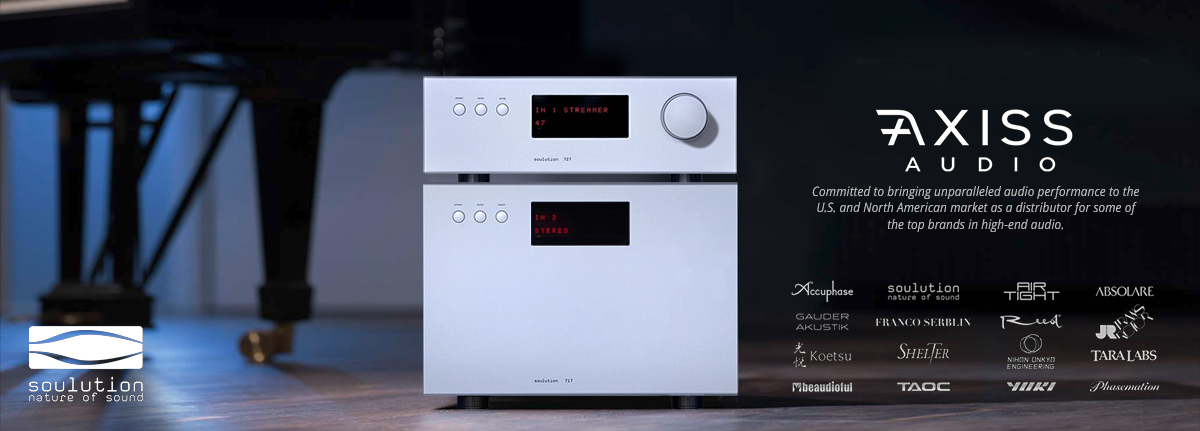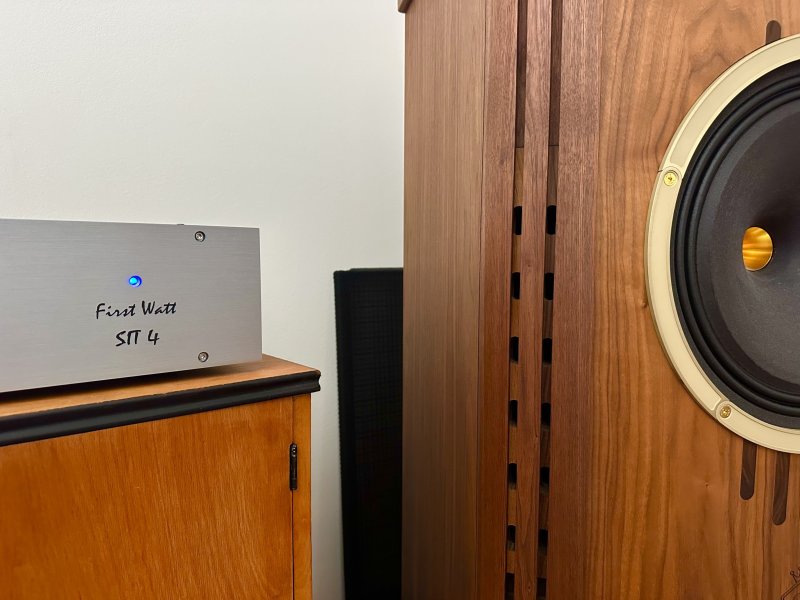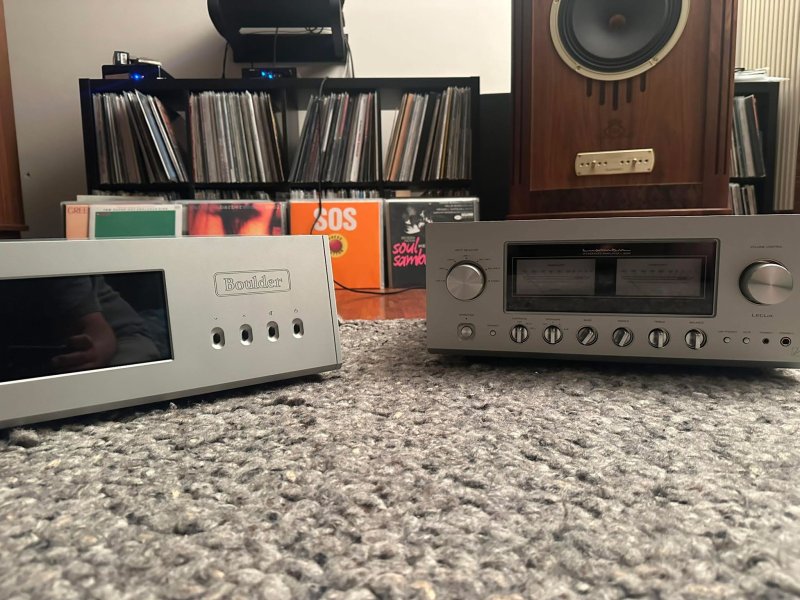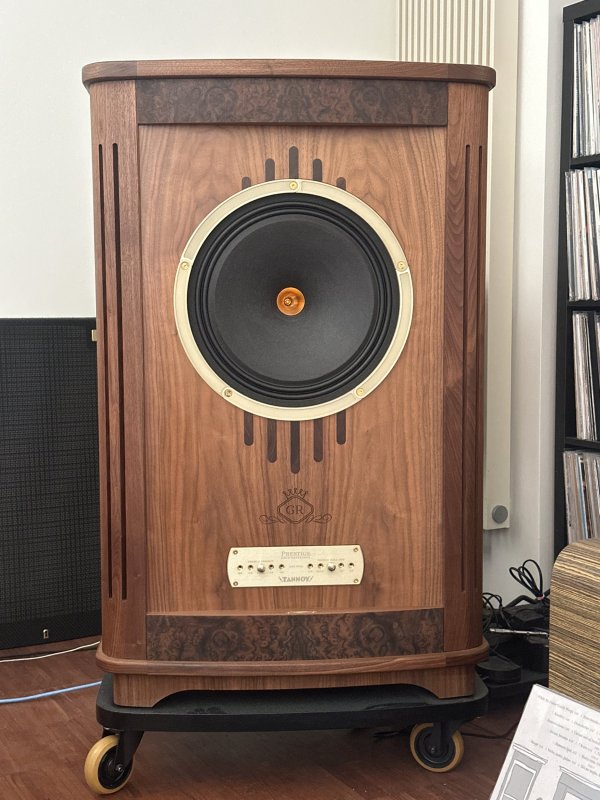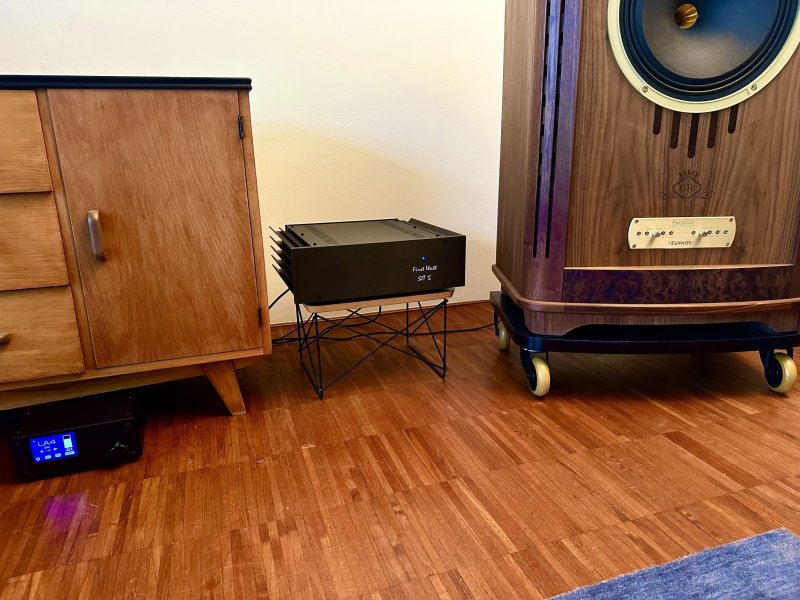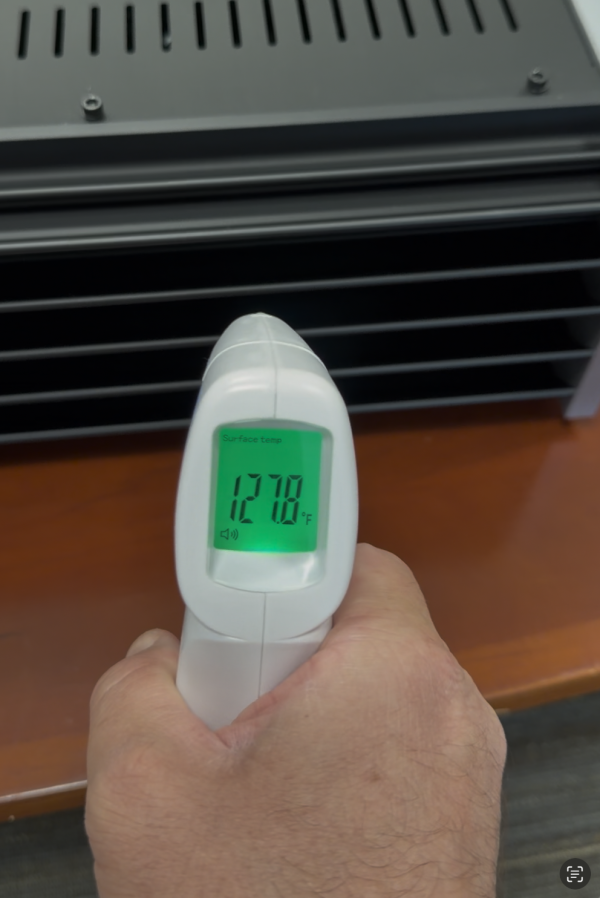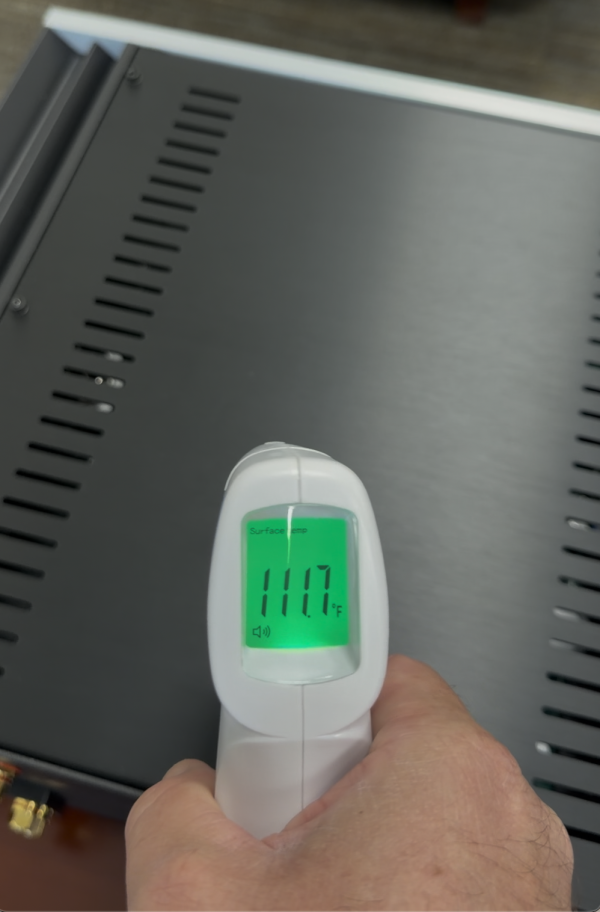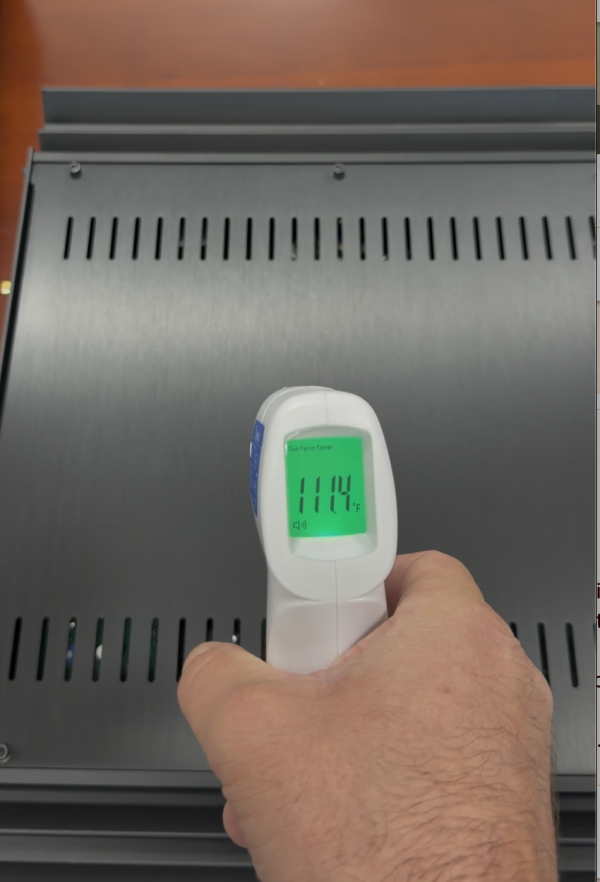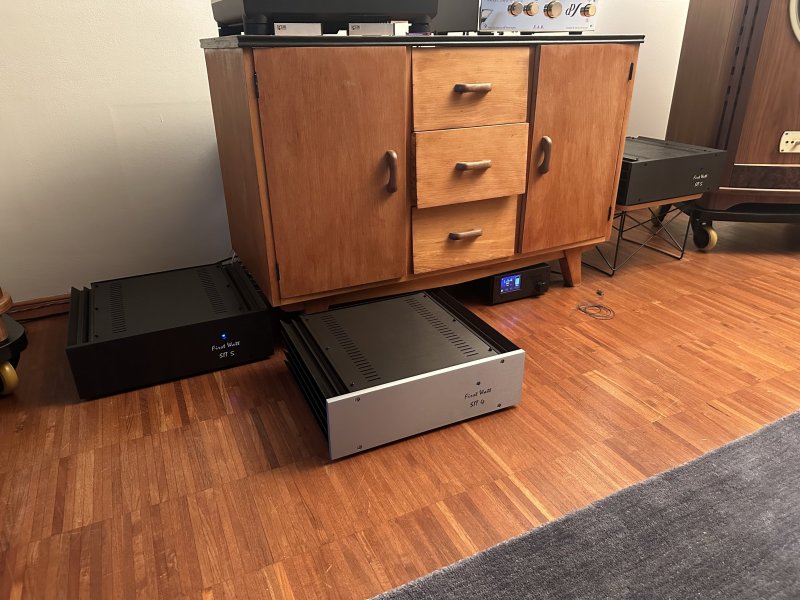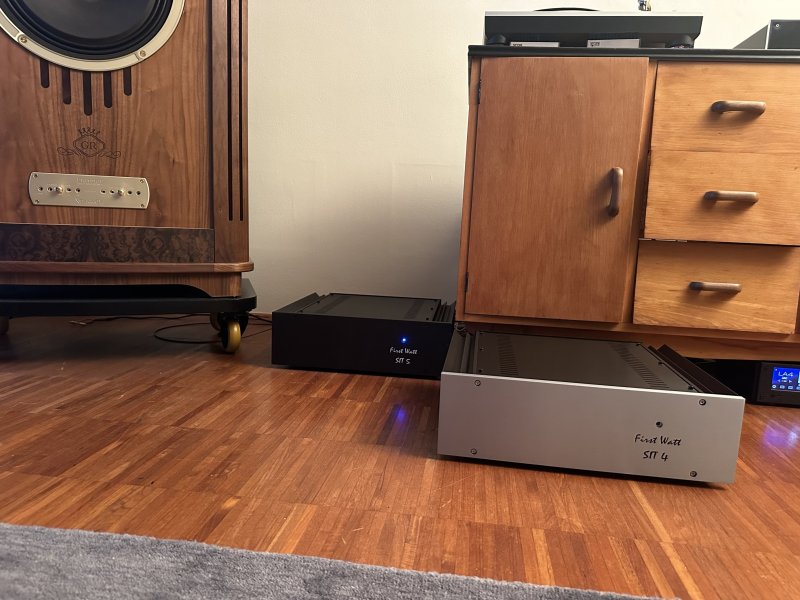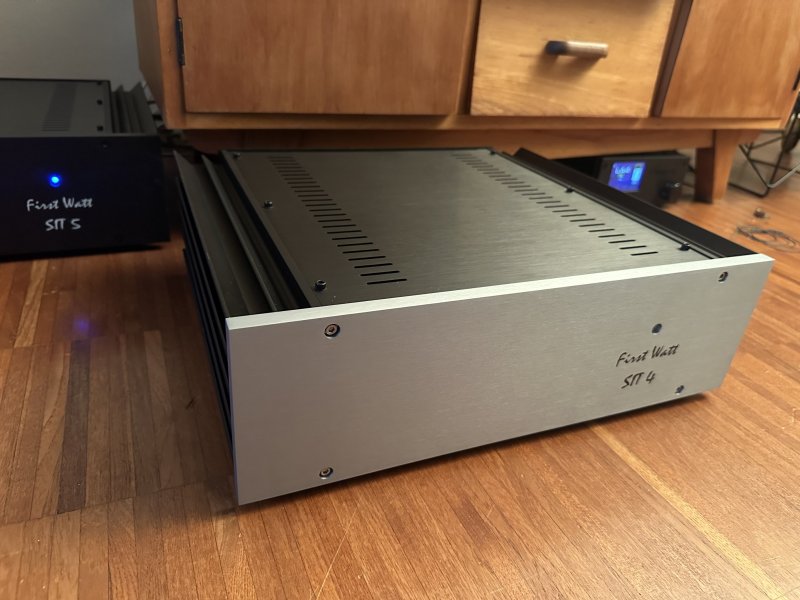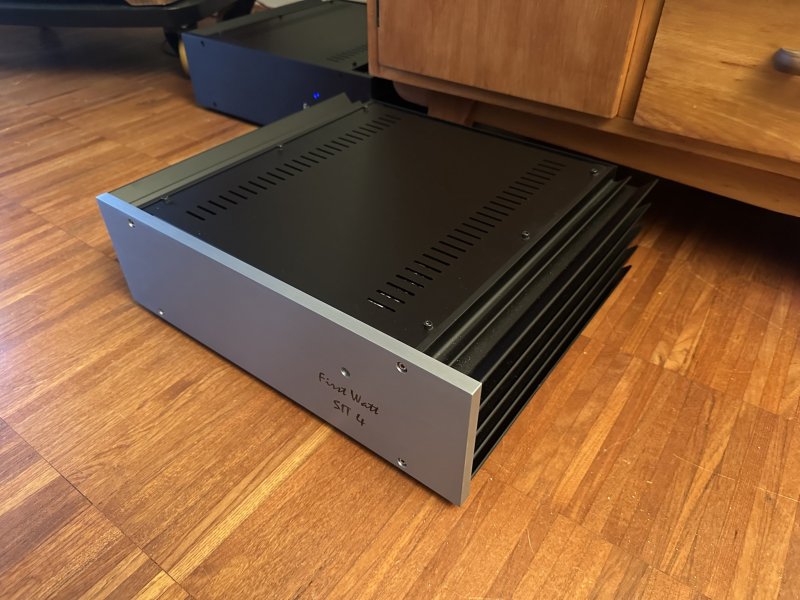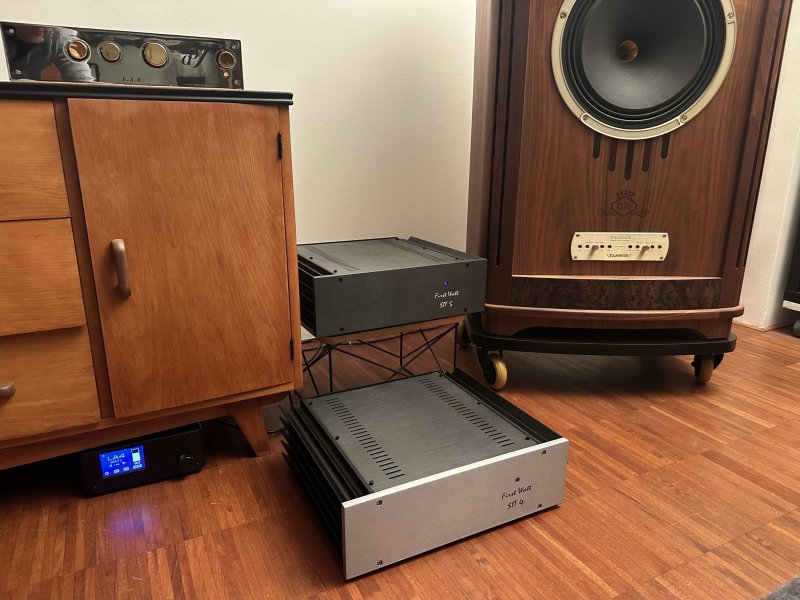Hi Hubert
I do not have the SIT 5, I own the SIT 4.
I was tempted to buy the SIT 5 based on its monoblock configuration which was my preference. I did not need the extra power provided by the SIT 5 over the SIT 4 with my Cube Audio Nenuphar speakers with their 91dB/watt efficiency. I also read that the damping factor or 2 with the SIT 4 is better suited to the Nenuphar's.
To answer your question, I had a loaner SIT 4 for three weeks until last Tuesday when my unit was finally delivered. The loaner was the demonstration unit used by the retailer and had at least 6 months of regular use so I think we could assume it was well run in.
I turned off the loaner at 6 pm on Monday night and had the new unit up and listening at 12:30pm on Tuesday. I played my usual demo tracks to hear how it sounded and I could detect no difference in sound quality between the two. From my timeline, 18 hours had elapsed between auditioning both amplifier, so it was not an immediate A/B comparison but as close as I will ever get.
I did notice a difference (improvement) in audio quality after 30 minutes of use on the new unit.
After owning EL34 & 300B SET ampilifiers for 40 years, I am definitely not a "burn-in denier/denialist" and I suspect that components such as capacitors & valves (tubes) did improve with time, but then, I could just be imagining it.

My above auditioning experience with the loaner SIT 4 vs. the brand new SIT 4 is the first time in my audiophile career that I have come
close to a true, controlled experiment on the theory of component burn-in. Of course, my slightly flawed comparison was based on this amplifier only. Other component may quite well benefit from burn-in.
If the delivery person had had more time and I had had the opportunity to do a direct, double blind listening test with a panel of recognised audiophiles (with their latest audiograms) then I could have provide a more definitive answer.

Gary



